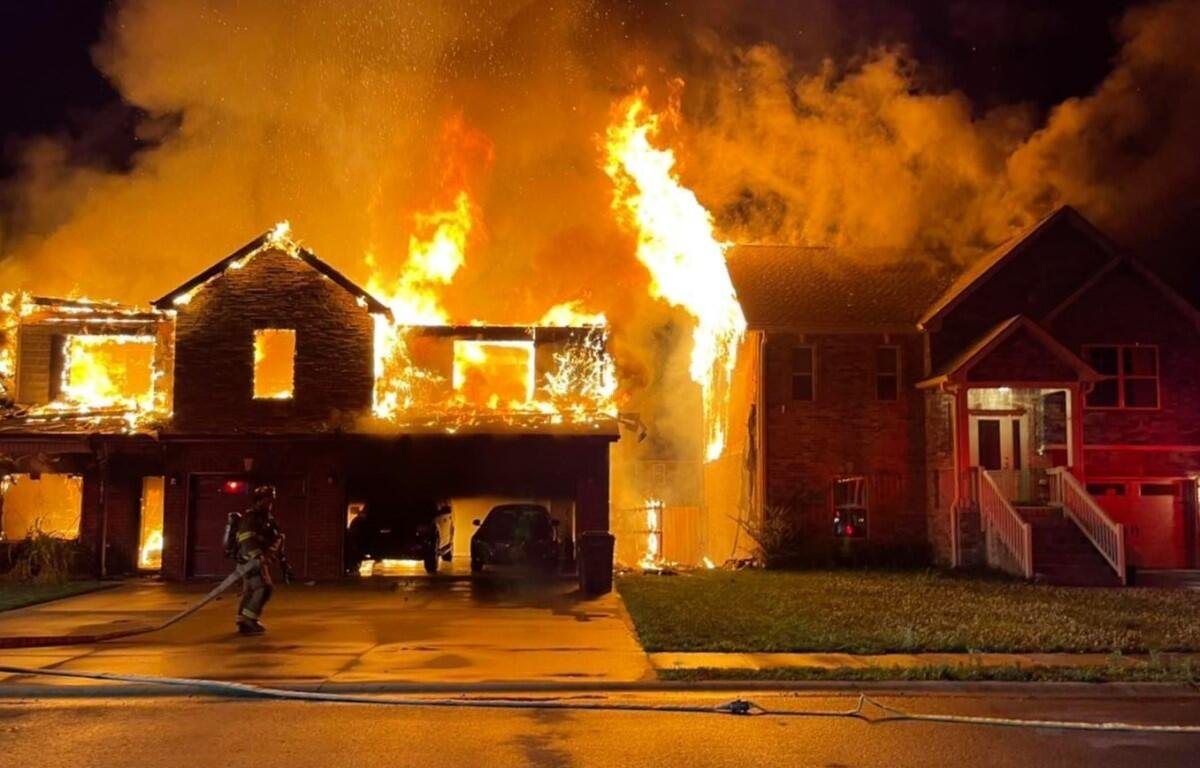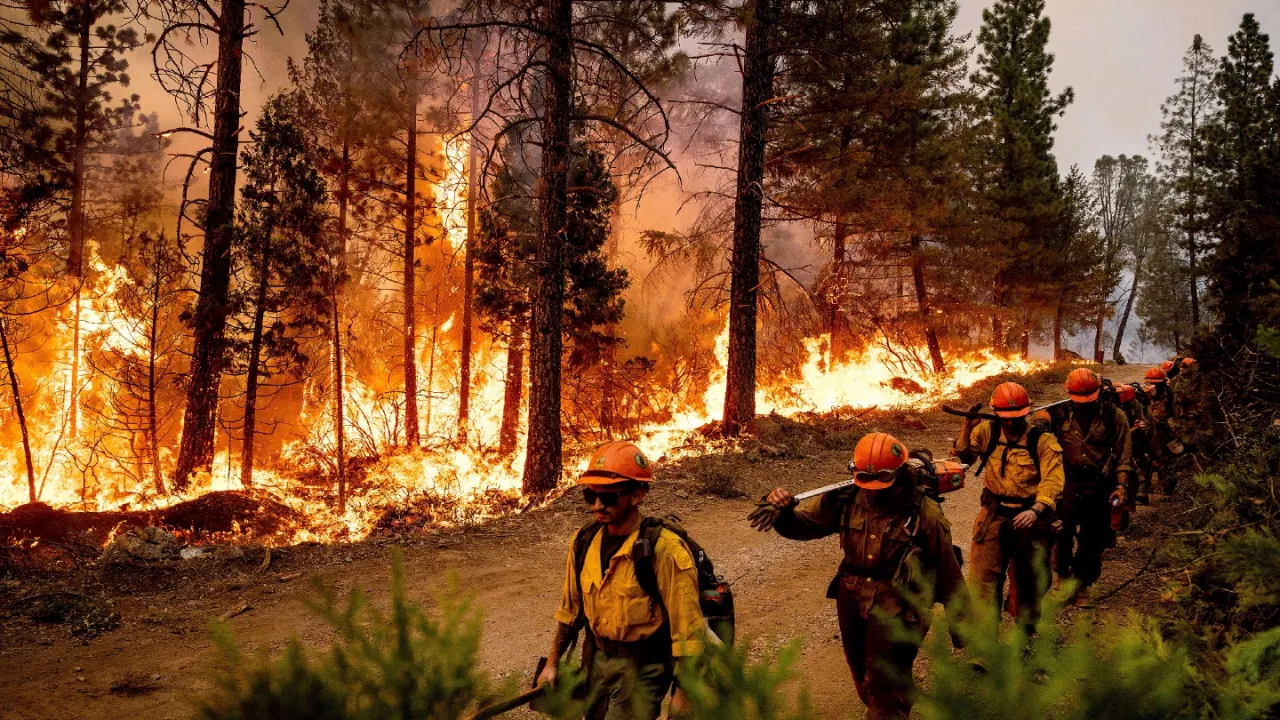Nestled in the heart of a vibrant ecosystem, Kennedy Forest stands as a testament to nature’s resilience and beauty. For decades, this woodland has been a sanctuary for native flora, a classroom for ecological education, and a haven for biodiversity. However, like many forests worldwide, Kennedy Forest has faced a silent threat: invasive plant species. These non-native intruders have disrupted its delicate balance, choking out indigenous plants, altering habitats, and diminishing the forest’s ecological integrity. Today, a concerted effort to remove these invasive species is breathing new life into Kennedy Forest, restoring its natural splendor and reinforcing its role as a vital resource for conservation, education, and exploration.
This article explores how the removal of invasive plants is revitalizing Kennedy Forest, delving into the science of forest conservation, the basics of its flora, and the broader implications for rare species, seasonal changes, and human connection to nature. Through this restoration, Kennedy Forest is reclaiming its place as a living laboratory where tree identification, medicinal plant discovery, and ecological stewardship converge.
The Threat of Invasive Species in Kennedy Forest
Invasive plant species are non-native plants that establish themselves in new environments, often outcompeting local flora for resources like sunlight, water, and nutrients. In Kennedy Forest, species such as Japanese knotweed (Reynoutria japonica), English ivy (Hedera helix), and garlic mustard (Alliaria petiolata) have taken root over the years, spreading rapidly and altering the forest’s structure. These invaders thrive in disturbed soils, along trails, and near water sources, making them particularly challenging to control in a dynamic woodland like Kennedy.
The impact of these species is profound. Japanese knotweed, with its aggressive rhizome system, can penetrate deep into the soil, displacing native trees and shrubs. English ivy climbs and smothers tree trunks, blocking sunlight and weakening their hosts. Garlic mustard releases chemicals into the soil that inhibit the growth of other plants, a process known as allelopathy. Together, these invaders threaten the forest’s biodiversity, including its rare and endangered flora, and disrupt the seasonal cycles that define its character.
Forest conservationists recognized that without intervention, Kennedy Forest risked losing its identity. Native species like the sugar maple (Acer saccharum) and white oak (Quercus alba), integral to tree identification efforts, were struggling to compete. Rare plants, such as the pink lady’s slipper (Cypripedium acaule), a forest gem prized for its beauty and ecological significance, were being overshadowed. The stakes were high—not just for the forest itself, but for the communities that rely on it for education, recreation, and inspiration.
The Restoration Effort: A Model of Forest Conservation
In 2023, a coalition of ecologists, local volunteers, and conservation organizations launched a comprehensive initiative to restore Kennedy Forest by targeting its invasive plant species. This effort, rooted in the principles of forest conservation, combines manual removal, strategic replanting, and ongoing monitoring to ensure long-term success. The process is meticulous, labor-intensive, and deeply educational, offering lessons in forest flora basics and the delicate interplay of ecosystems.
The first step involves identifying and removing the invaders. Teams of volunteers, guided by experts, scour the forest with field guides in hand, learning to distinguish between native and non-native species—a practical exercise in tree identification and plant recognition. Japanese knotweed is uprooted and burned to prevent regrowth, while English ivy is carefully stripped from tree bark to minimize damage. Garlic mustard, a biennial plant, is pulled before it sets seed, a task timed to its seasonal flora changes to maximize effectiveness.
Removal alone, however, is not enough. To restore balance, conservationists replant native species in cleared areas. Seedlings of black cherry (Prunus serotina) and red maple (Acer rubrum), both iconic to Kennedy Forest, are introduced to stabilize the soil and provide habitat for wildlife. Wildflowers like the trillium (Trillium grandiflorum), a medicinal plant historically used for its antiseptic properties, are reestablished to enhance biodiversity and educate visitors about the forest’s healing potential. These efforts ensure that the forest’s native flora—its trees, shrubs, and understory plants—can thrive once more.
Reclaiming Rare and Endangered Flora
One of the most exciting outcomes of this restoration is the resurgence of Kennedy Forest’s rare and endangered flora. Invasive species had encroached on the habitats of plants like the American ginseng (Panax quinquefolius), a medicinal species prized for its adaptogenic qualities, and the ghost orchid (Dendrophylax lindenii), a delicate rarity that clings to life in shaded groves. By removing the smothering presence of invaders, conservationists have given these plants a fighting chance.
The pink lady’s slipper, for instance, has begun to reappear in greater numbers. This orchid, with its vibrant pink pouch and slender green leaves, is a symbol of Kennedy Forest’s resilience. Its return is a victory not just for biodiversity, but for forest flora education—students and visitors can now study its life cycle, pollination, and ecological role firsthand. Similarly, the restoration has bolstered populations of the trailing arbutus (Epigaea repens), a low-growing evergreen with fragrant blooms, once nearly lost to the forest’s understory.
These successes highlight the interconnectedness of forest ecosystems. Removing invasives doesn’t just save individual species; it revitalizes the conditions—light, soil chemistry, and moisture—that allow rare flora to flourish. For botanists and nature enthusiasts, Kennedy Forest is once again a treasure trove of discovery.
Seasonal Flora Changes: A Forest Reborn
The removal of invasive species has also restored the natural rhythm of seasonal flora changes in Kennedy Forest. Forests are dynamic, their appearances shifting with the seasons—spring wildflowers giving way to summer canopies, autumn hues, and winter dormancy. Invasives disrupt this cycle by outcompeting natives at key times, but the restoration effort is bringing it back into alignment.
In spring, the forest floor now bursts with native ephemerals like bloodroot (Sanguinaria canadensis) and hepatica (Hepatica nobilis), plants that bloom briefly before the canopy closes. Summer reveals a lush understory of ferns and shrubs, no longer choked by ivy or knotweed. Fall showcases the fiery reds and golds of maples and oaks, their growth unimpeded by allelopathic invaders. Even in winter, the forest feels alive, with evergreen natives like the eastern hemlock (Tsuga canadensis) standing tall against the snow.
These seasonal shifts are more than aesthetic—they’re educational. Visitors to Kennedy Forest can observe how flora adapts to changing conditions, a lesson in resilience and interdependence. For those interested in forest flora basics, the restoration offers a living textbook, illustrating how native plants thrive when given space to grow.
Educational Impact: A Classroom in the Woods
Kennedy Forest has long been a hub for forest flora education, and the removal of invasive species has amplified its potential as a learning environment. Schools, universities, and community groups now flock to the forest for hands-on lessons in tree identification, plant ecology, and conservation practices. Volunteers who participate in the restoration effort leave with a deeper understanding of how to distinguish a native red oak (Quercus rubra) from an invasive buckthorn (Rhamnus cathartica), or how to spot the medicinal properties of elderberry (Sambucus nigra) amid the undergrowth.
The forest also serves as a bridge between science and culture. Many of its native plants, like the aforementioned American ginseng and bloodroot, have histories rooted in indigenous medicine. Educational programs now highlight these connections, teaching participants not just about botany, but about the human stories tied to the land. This blend of ecology and heritage makes Kennedy Forest a unique space for learning and reflection.
A Ripple Effect Beyond Kennedy Forest
The restoration of Kennedy Forest is a microcosm of a global challenge. Invasive species threaten ecosystems worldwide, from the rainforests of the Amazon to the woodlands of Europe. The strategies honed here—community involvement, targeted removal, and native replanting—offer a blueprint for other conservation efforts. By sharing their findings, the stewards of Kennedy Forest are contributing to a broader movement to protect forests and their flora.
Locally, the impact is tangible. Wildlife, from songbirds to deer, are returning to habitats once dominated by invasives. Pollinators like bees and butterflies, essential to the forest’s reproductive cycle, are thriving amid the resurgence of native wildflowers. For visitors, the forest feels fuller, richer—a place where the senses come alive with the rustle of leaves, the scent of pine, and the sight of a newly restored landscape.
Conclusion
The removal of invasive plant species has done more than restore Kennedy Forest—it has rekindled its spirit. What was once a woodland under siege is now a flourishing ecosystem, where native trees tower, rare flowers bloom, and seasonal cycles unfold in harmony. This effort underscores the power of forest conservation to heal landscapes and communities alike, offering a model for how humanity can coexist with nature.
For those who walk its trails, Kennedy Forest is a reminder of what’s possible when we act as stewards rather than conquerors. It’s a place to identify a towering ash, study the medicinal gifts of its understory, or simply marvel at the tenacity of its rare flora. As of March 29, 2025, Kennedy Forest stands stronger than ever—a testament to the transformative impact of removing invasive species and a beacon for the future of forest restoration.
-

Protect Your Home & Property from Wildfire: A Comprehensive Guide




